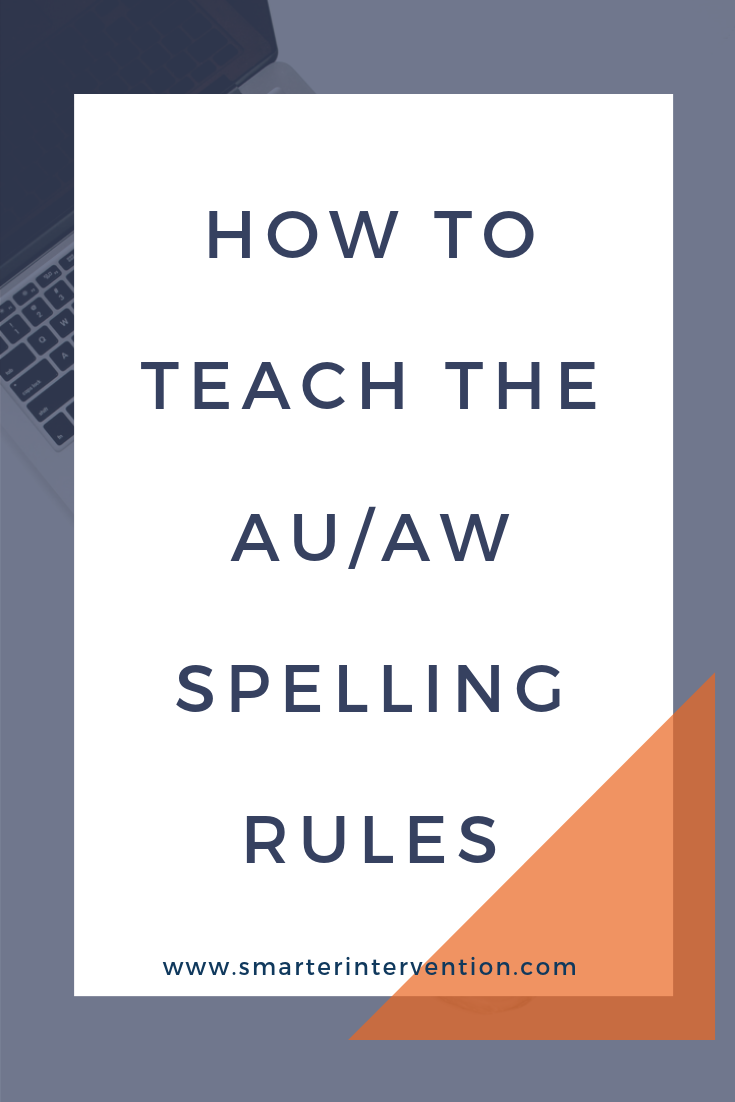How to Teach the au/aw Spelling Rule
Hey, there!
We’re so glad that you are interested in learning about the au/aw vowel teams and how we teach them. Vowel teams can be tricky for students to learn and tricky for instructors to teach! This is why we have been diving into how we teach all of these, in the hopes that it will help you and your instruction as well!
Teaching the au/aw Vowel Teams
Now, if you have been working with us for a while, you’ll know that we LOVE teaching with key images and phrases to help anchor skills for a student. For au/aw, we use the phrase “Yawn, I have to do the laundry.”
This phrase helps students remember that both vowel teams say the short /o/ sound.
In our scope and sequence, we start by teaching ‘au.’ This vowel team says /o/ in the middle of a word or syllable (i.e. laundry, haunt, fault, launch).
After we do a lesson around ‘au’ we will introduce ‘aw.’ Now, this is not the first time we have taught our students about different vowel teams with the same sound. At this point, they have already been explicitly taught about ai/ay, ee/ey, oa/oe, and oi/oy. (If you want to know more about the order in which we teach all of the vowel teams, click here.
We always teach these vowel teams one after another as they will have the same sounds, but one usually goes in the middle of a syllable and one will go at the end (i.e. ‘ai’ always goes in the middle and ‘ay’ always goes at the end). Our au/aw pair is a little different, however, because ‘aw’ can go in the middle or at the end. Think of words like ‘yawn’ and ‘law.’
Where students might get stuck with the au/aw vowel team
Since both ‘au’ and ‘aw’ can go in the middle of a word, students might have a harder time remembering when to use which. If they are reading, just remind them of what the sound is. If they are spelling and aren’t 100% confident about which way to spell the word, encourage them to try both and see which one they feel is right.
For example, if a student was trying to spell the word “dawn.” If they are going back and forth, have them write out “daun” and “dawn.” Usually, once the student sees it, they are able to recognize which pattern is correct. This is also where we reassure them that spell check can be helpful ;)
If you are looking for au/aw specific activities, check out ours >> here! <<
If you want an interactive vowel-team resource, try out the Boom cards using the link below.


